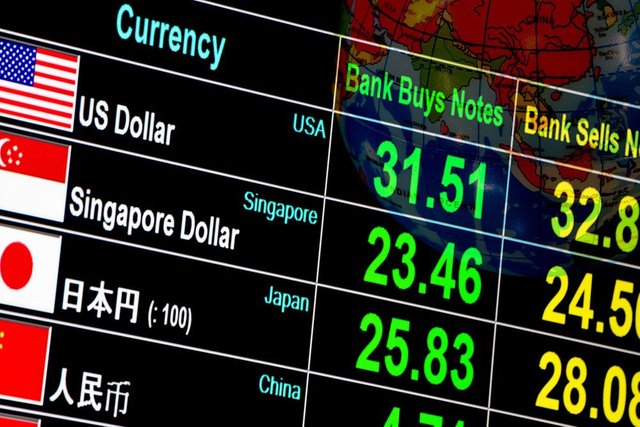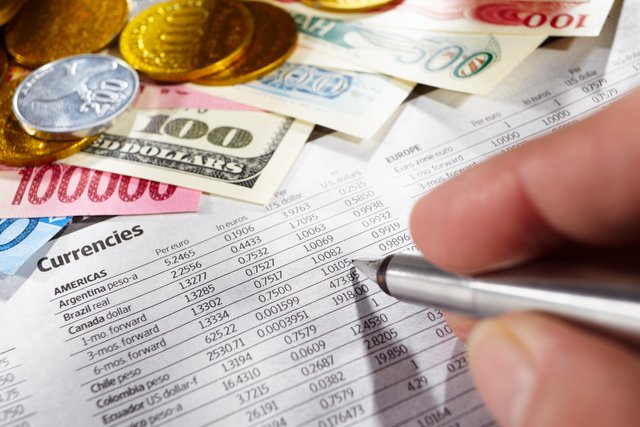One aspect to take into account when states accept foreign currencies is that exchange rates are freely determined in the market by the interaction between supply and demand of foreign currencies, since this regime allows the market, through supply and demand of foreign currencies (foreign currencies), to determine the behavior of the relationship between currencies.

In these cases, ideally, central banks do not intervene to control the price, so the amount of pesos needed to buy a unit of foreign currency, for example, a given foreign currency, may vary over time.
In this sense, foreign exchange markets facilitate international trade by allowing the transfer of purchasing power from one currency to another. Thus, agents in one country can conduct sales, purchases and other types of business with agents in other nations.
As for devaluation, first understand that it is the decrease in the value of the national currency with respect to some foreign currency (s). Exchange rates express the value relationship between the currencies of different countries, so that devaluation manifests itself as an increase in the exchange rate. That is, more domestic currency units are required to buy one unit of foreign currency.

Some economists use the term devaluation to refer to an increase in the exchange rate under a fixed exchange rate system, reserving the term depreciation to refer to the increase in value of the foreign currency with respect to the domestic currency under a flexible exchange rate system.